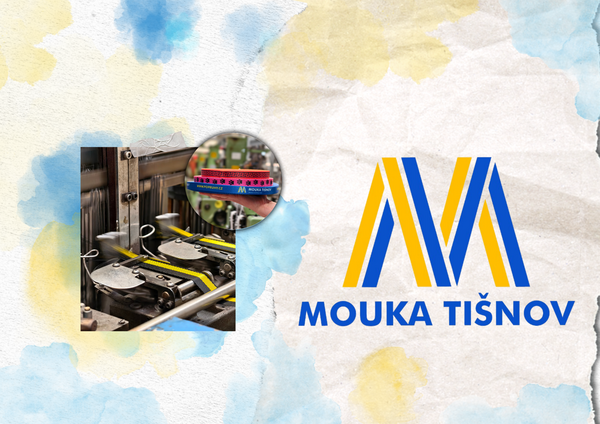What's new in the world of webbing straps: Technologies that are changing the game
Webbing is all around us – at work, in sports gear, in cars, planes, or construction sites. Most of the time, we barely notice it. Yet it’s in these woven straps that hold things together where rapid technological progress is unfolding.
In today’s article, we’ll explore the most exciting developments in the world of webbing and straps. What new materials are emerging? How is the industry responding to environmental challenges? And why are webbing straps beginning to act almost like smart devices?
Here’s a look at the trends, innovations, and directions shaping the future of an industry that – literally and figuratively – holds the world together.
What materials are shaping the future of webbing straps?
Every high-quality strap starts with the right material – and this is precisely where significant changes are taking place that will impact the entire industry.
High-performance synthetic fibers like Dyneema®, Technora®, or Cordura® are incredibly strong yet lightweight. This makes them the ideal choice for military use, outdoor gear, or rescue systems.
Recycled textiles are also making their way into technical applications. It’s now common to produce webbing from recycled PET bottles or leftover materials from manufacturing processes.
Bio-based fibers, made from renewable resources, offer an eco-friendly alternative without compromising on durability.
At Mouka Tišnov, we’re already working with materials that combine technical performance and sustainability. Our production is 100% European, giving us full control over the raw material selection and the entire manufacturing process.
Smart webbing: When textiles start to think
Technology is advancing rapidly – even in areas you might not expect, like webbing straps. Smart webbing proves that textiles no longer need to be passive components of equipment.
Today’s smart straps can:
monitor temperature or heart rate,
detect overloading or material fatigue,
communicate wirelessly with other devices.
A real-world example is the TexShirt project, funded by the Horizon 2020 program. Here, researchers are integrating textile structures with sensors and software. Webbing straps are becoming active parts of systems – not just in prototypes, but in real applications like healthcare or training equipment.
At Mouka Tišnov, we’re currently testing these innovations in collaboration with our partners. While smart webbing isn’t yet part of our daily production, we’re following these developments closely – because today’s experiments may become tomorrow’s industry standards.
Color-coded webbing, labeling and prints: Design that works
Modern webbing straps are no longer just black. Design has become a functional element – enhancing safety, efficiency, and brand identity.
Today’s webbing can:
improve visibility of workers using reflective elements,
convey corporate identity through specific colors and prints,
help organize equipment with color-coded labeling.
At Mouka Tišnov’s technical facilities, we offer fully customized webbing straps – including logo printing, custom labeling, and color palettes tailored precisely to client needs.
Stricter standards and safety trends for 2025
Technological progress brings not only new opportunities but also new regulations. In 2025, several key standards for safety webbing and straps will be updated, including:
EN 354 – lanyards and connecting elements,
EN 358 – work positioning systems,
EN 361 – full-body harnesses,
EN 362 – connectors.
Key updates will focus on:
resistance to UV radiation and chemicals,
long-term durability in extreme environments,
and most importantly, traceability – ensuring the origin of every component is documented and verifiable.
At Mouka Tišnov, we’re already ahead of the curve. Our clients expect more than just compliance, which is why we perform extended testing for strength, resistance, and stability, ensuring our webbing performs in real-world conditions – not just on paper.
Straps as the invisible backbone of reliability
Whether securing a rescue system or stabilizing cargo on a pallet, webbing straps often go unnoticed – but they are absolutely essential. Their quality affects safety, efficiency, and trust – across industries like manufacturing, healthcare, and the public sector.
The future of webbing will be smarter, lighter, and more sustainable. But without the core values of precision, expertise, and attention to detail, no innovation will truly succeed.
If you’re looking for a manufacturer who understands the webbing industry deeply, follows emerging trends, and remains committed to craftsmanship – get in touch with us. We’d be happy to discuss technical solutions, R&D projects, or custom manufacturing.
Curious about the history and context?

